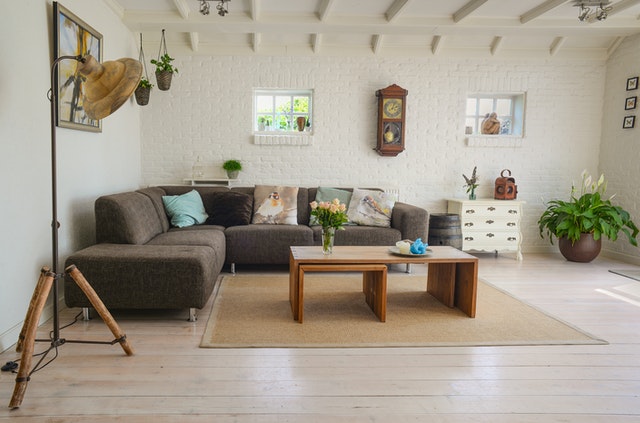
Accessories complete a room, give it character, lock it, and create a feeling of unity. Without those little extras, a place has no spirit. Many people choose accessories, and they get frustrated when it doesn’t coordinate. By applying tricks and skills such as learning about different sewing stitches and recognizing two or three basic design principles, you can accessorize your home like a pro.
Creating an Accessory Cabinet
Have you ever put a timeless belt on the back of your locker and coupled it? Suddenly, it looks so new. You can do the same thing just by putting together a decorative piece of furniture. That way, you’ll be ready to store your accessories. Put the items back and turn them over. Use your decorative cabinet to set a limit. Your “main” accessories cabinet is currently your decoration shop.
Think of them as you use them in your home. Some are principles, others are band accents, and most are essential and timeless. Try to find things that work with all your furnishing.
Clearing the Deck

Design means decorating with a technique. Transporting and positioning the components creates a balanced and pleasant space. Where the style and character of the motif stand out is the mantle of decoration. Accessories are pieces of jewelry such as earrings, a necklace, or a necklace that matches your dress in the room.
Start with an empty room. Remove all small objects and things like pillows, lamps, art, and decorative items. There is a room without decorations that will help you and allow you to view the placement of accessories so that you are not distracted. This will enable you to design the room.
Considering the Balance, Weight, and Scale
 The weight of the accessories must be continuous throughout the room, in terms of color, model, or this mass of a product. Let’s say you want to create a balance—anchor one side with a large object and a small object on the other side. Shapes and dimensions can work in one arrangement. Use it and position it. Position it to increase the depth and weight of the group—things in the color palette to unify the composition.
The weight of the accessories must be continuous throughout the room, in terms of color, model, or this mass of a product. Let’s say you want to create a balance—anchor one side with a large object and a small object on the other side. Shapes and dimensions can work in one arrangement. Use it and position it. Position it to increase the depth and weight of the group—things in the color palette to unify the composition.
Choose large accessories. An assortment of figures seems out of place. An area that is too small may seem overwhelming. The height and scale help the eye travel around the room. In a living area, a mirror attracts attention and works with blankets. The eye descends towards the mirror to the fixtures and furniture.
Clustering Furniture
There’s nothing more than a vase on a bookcase shelf. Make a fashion statement by adding accessories in 10. Group similar elements to create continuity through a color theme or both. When you mix your vignettes, the differences in height are highlighted. Any type of table or shelf can be used to display many things, such as picture books, flower arrangements, and pieces. To keep things simple and pleasant, use trays to place things like candles or numbers.
Keep your collections neat and tidy. A mix of collectors doesn’t just allow you to focus on one thing. Simplify your selection by choosing the most intriguing pieces and grouping them by size and color. Collect the pieces and display them to form a class.
Focusing on Your Art
Avoid hanging the artwork up or down. The artwork is placed at eye level when you see a person standing upright. Even in a dining room or home office, eye level is raised. The exception to this rule applies to stairs or gallery partitions where a stack of paintings covers a considerable room. The creation of light frames using a component as an instance mat to form a wall of color, frame, shape, or size of the gallery.
Designers use a combination of artwork and accessories. They use a series of balloons. Hang the artwork together with the objects. Use the tallest balloons to finish them.


